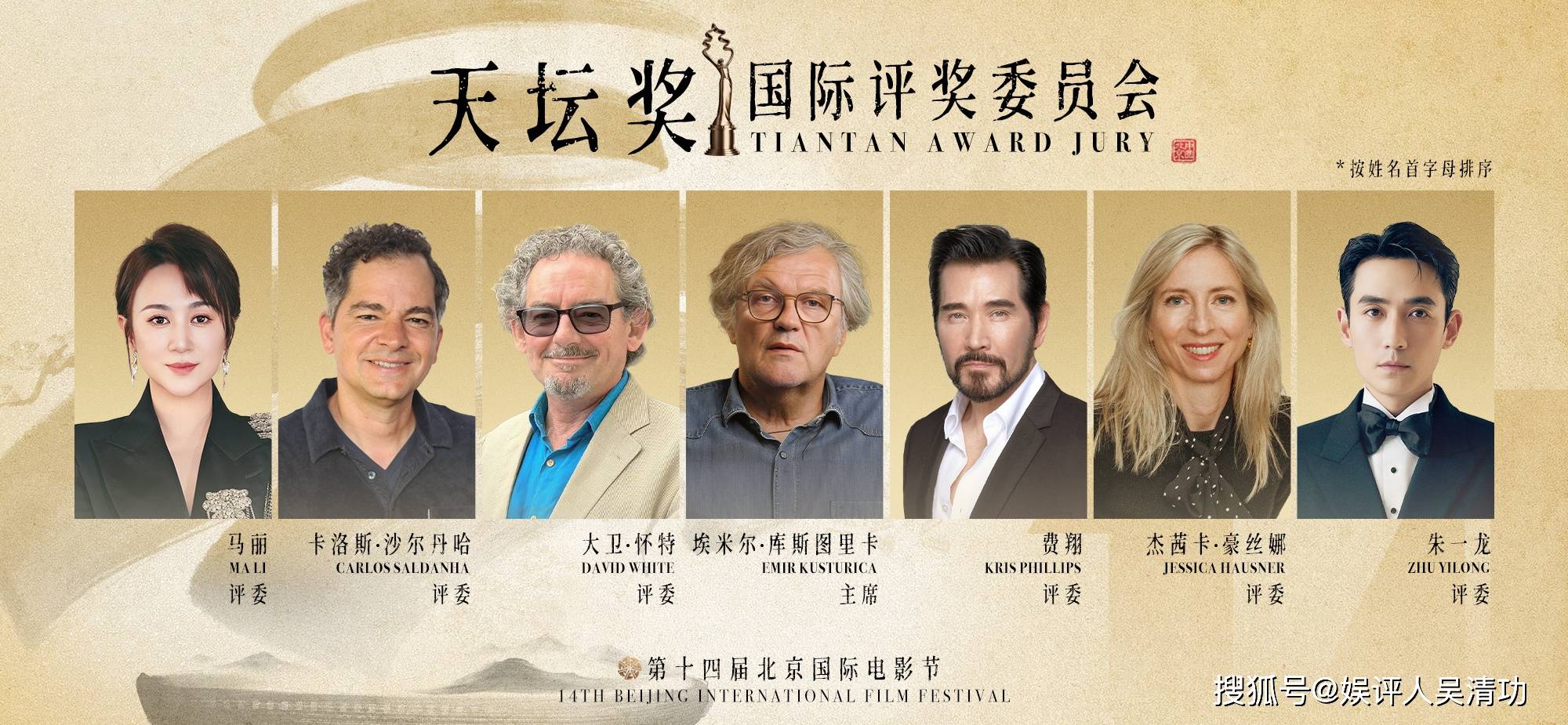IKENNE, Nigeria
鈥淚 like this one,鈥?says Ismail Rabbi, placing his palm on a cassava plant and smiling coyly, like a parent picking favourites. 鈥淚t doesn鈥檛 look impressive 鈥?it鈥檚 not tall,鈥?he says, 鈥渂ut it beats all the obstacles we throw at it.鈥?
Rabbi, a geneticist at the International Institute of Tropical Agriculture (IITA) in Ibadan, Nigeria, and his colleagues are on a mission to improve cassava (Manihot esculenta). Also known as yuca or manioc, its starchy roots provide food and income to more than 800 million people worldwide. In Africa, where consumption is highest, cassava plants bear smaller yields than their cousins in Asia and South America. But African varieties tend to be more tolerant of blights, such as the deadly cassava mosaic disease now spreading across Asia.
In November, Rabbi shipped five varieties of African cassava that resist the disease to Thailand, the world鈥檚 largest cassava exporter. He and his colleagues created the plants under the auspices of the US$62-million Next Generation Cassava Breeding project, which the UK government and the Bill & Melinda Gates Foundation launched in 2011. Project scientists are using genomic data to identify useful traits for breeding cassava varieties that will suit the world鈥檚 needs 鈥?safeguarding against starvation as the climate warms, populations grow and viruses spread.
When the African plants reach Thailand, scientists there will cross them with cassava varieties adapted to Asia. Then they will screen the resulting offspring for genetic markers that Rabbi and his colleagues use to predict a plant鈥檚 resistance to mosaic viruses, along with 12 other traits 鈥?such as leaf colour and the amount of edible starch in each root.
These genetic markers have helped the researchers in Nigeria to breed eight types of cassava that are now growing at test plots across the country. Scientists and farmers will compare them with the best existing cassava varieties in wide use.
On a blazing afternoon in November, Rabbi meanders through one such plot in Ikenne with Chiedozie Egesi, the leader of the Next Generation Cassava Breeding project and a geneticist at the IITA. Their conversations drift to agronomic and economic strategies that would help farmers to adopt the new cassava varieties, such as creating a market for the plants. 鈥淲e aren鈥檛 just sitting in a room and making sure a plant works perfectly,鈥?says Egesi. 鈥淲e are bringing it to the places where problems arise, and always asking how we can make our science helpful.鈥?
Root of the problem
Cassava is a mainstay for subsistence farmers on three continents because it survives in shoddy soil and weathers droughts, and its roots can be harvested at any time of the year. But there are wide geographical disparities in cassava yields. Varieties grown in Africa average 8.8 tonnes of usable root mass per hectare, compared with 13 tonnes per hectare in the Americas and 22 tonnes per hectare in Asia (see 鈥楢 starchy staple鈥?.
Researchers have long attempted to improve the situation for African farmers by importing Asian and South American varieties. But these foreign plants, which lack defences against African pathogens, have fared poorly. And breeding hardier hybrid varieties has proved challenging. It takes about five years of breeding to produce a worthy hybrid.
After锘?each cross, breeders must grow the offspring for about a year and then assess the quality of the roots 鈥?which requires them to harvest, soak, dice and dry the experimental plants before weighing the starch that remains. Even then, a high-yielding plant might founder when exposed to harsh environments.
This inefficient breeding process wastes land, labour and money. And although cassava provides one of the largest sources of carbohydrates to people in Africa, corn, wheat and rice vastly surpass it in terms of global sales and research grants. The Next Generation Cassava Breeding project aims to accelerate the creation of hardier cassava varieties, and improve yields, by using genetic sequencing to identify winning hybrids. Project researchers are also working to spur market investment, in part through discussions with Nigerian entrepreneurs who want to buy and process cassava roots grown by small-scale farmers.
Ros Gleadow, a plant scientist at Monash University in Melbourne, Australia, says that the effort is long overdue. 鈥淚t鈥檚 fabulous that cassava is finally getting recognition,鈥?she says. 鈥淚t needs to be brought into the twentieth century.鈥?/p>
Growing ambition
The eight cassava varieties growing in test plots are products of the IITA team"s first round of plant breeding. The researchers analysed DNA from around 2,500 seedlings that germinated in 2013, and identified promising varieties based on genetic sequences that they had associated with particular traits. Data analysed in October 2018 show that seedlings bearing the genetic fingerprint associated with high concentrations of 尾-carotene 鈥?a precursor of vitamin A, which is sorely lacking in many Africans鈥?diets 鈥?have an 83% chance of pumping out the nutrient at the predicted level, says Rabbi. And varieties with genetic markers for resistance to cassava mosaic disease turn out to be resistant around 60% of the time.
鈥淕enomic selection is not a panacea,鈥?Rabbi says. 鈥淏ut plot testing is so expensive that at least this helps you whittle it down.鈥?/p>
Breeders around the world are already using the Nigerian centre鈥檚 data to check their plants for resistance to cassava mosaic disease. The viruses underlying the blight, which are spread by whiteflies, stop roots from growing. The viruses have already marched through Africa, causing famines in the 1920s and 1990s. In 2015, a severe strain appeared in Cambodia.
Farmers in Thailand, South America and the Pacific Islands 鈥?where cassava is highly susceptible to the viruses that cause mosaic disease 鈥?are hoping to mix resistant alleles from Africa into their crops through conventional breeding. One such cross between a Colombian plant and a Nigerian variety has been aided by the markers identified by the Next Generation Cassava Breeding project researchers, and is currently growing in test plots near the IITA.
In 2020, the scientists will select varieties from their current top eight, and distribute them across Nigeria. They鈥檙e also talking to colleagues in Thailand, Laos, Brazil, Uganda and Tanzania about shipping varieties there. And the team is trying to find ways to address issues that stop farmers from adopting new products.
Sowing solutions
Egesi watched wearily in 2005 as a plant created through a $12-million initiative funded by the Bill and Melinda Gates Foundation was touted by scientists, aid agencies and the media 鈥?including Nature. The project, called BioCassava Plus, genetically modified a cassava variety to include iron, zinc and other nutrients. Egesi knew that vanishingly few African farmers could afford the upkeep, including herbicide application, required to keep the plant alive. 鈥淚 used to be a shy person, but now I have a voice,鈥?he says. 鈥淚鈥檓 making sure we look at all the things, and not just the technology.鈥?/p>
When Nigerian farmers are asked why they don鈥檛 grow more of their favourite cassava varieties, they often reply that they don鈥檛 have enough plants to do so. Cassava is propagated by sowing pieces of the stalk from a mature plant, rather than sowing seeds. Each clipping sprouts a clone of its parent, and so years can pass before a field is filled with the same variety. And the quality of a variety degrades over time when cassava is cultivated this way, because clones inherit pathogens from their parents and acquire mutations; the latter can lead to 鈥榤utational meltdown鈥?sup>1.
In 2016, IITA geneticist Elohor Mercy Diebiru-Ojo and her colleagues developed a work-around: the first semi-hydroponic system for growing cassava. In her lab, slim shoots of cassava grow under fluorescent lights in transparent plastic boxes filled with watery soil. Every two weeks, the team cuts the saplings at nodes where they branch, and repots the snippets. Within 2 months, they can produce 100 plants from a single parent that are ready to plant outdoors.
Lifting a box of seedlings grown using the method, Diebiru-Ojo says some farmers she knows have told her they鈥檙e willing to pay for such premium plants. She hopes that this will foster the growth of businesses that sell high-quality cassava shoots to farmers, so that the same plants are not cloned for too many generations. 鈥淲hen this project ends,鈥?she says, 鈥淚 want the system to keep going.鈥?
If new varieties fail to take root, viruses will eventually have their way. Staring out at his field of cassava, Egesi says, 鈥淚鈥檓 really excited to see that none of these show any signs of disease.鈥?He adds, 鈥渢he minute the government approves of them, we must get them out to people.鈥?/p>
Nature 565, 144-146 (2019)










